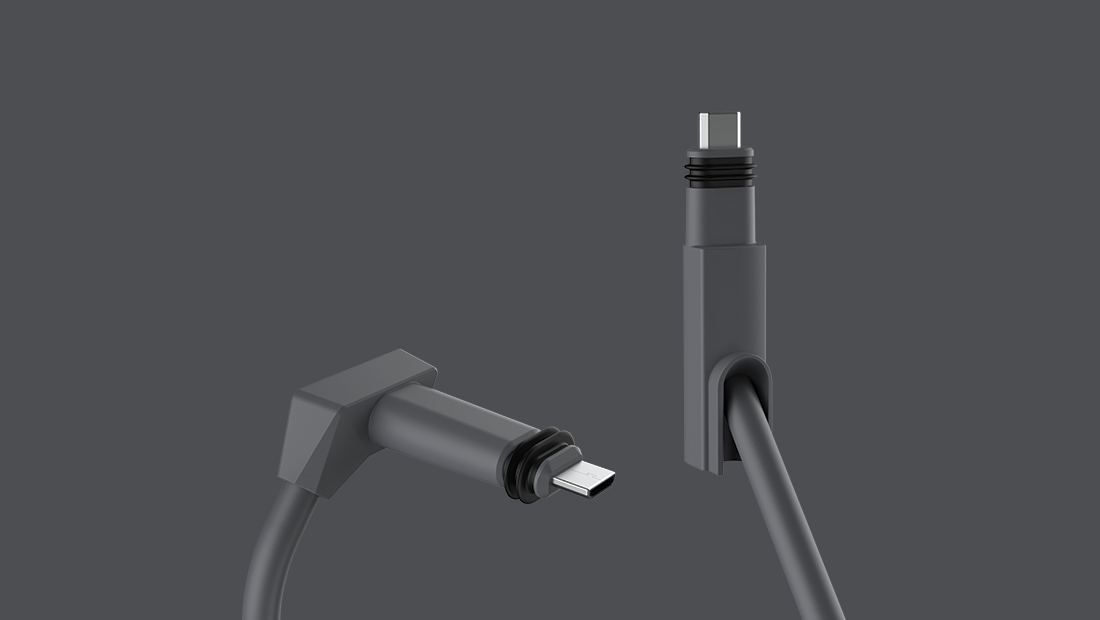Date: June 2025
Analysis Period: Complete Integration Lifecycle
Report Type: Comprehensive Performance Validation
Imagine a chip that learns like a brain — not by uploading data to train on later, but by adjusting itself in real time, using almost no power. That’s what the new “Super-Turing” AI chip does. Instead of separating learning and inference like traditional neural networks (train first, deploy later), this chip learns and makes decisions at the same time, directly in hardware.
At the heart of this system is a device called a synstor — a synaptic transistor that acts both as memory and as a learning engine. It doesn’t just store weights like a normal neural network. It changes them dynamically based on electrical pulses, mimicking how biological synapses adjust when neurons fire. This change happens through a mechanism called Spike-Timing Dependent Plasticity (STDP) — if a signal comes in just before the output neuron fires, the connection strengthens; if it comes after, it weakens. All of this happens instantly and locally
We propose an AI agent architecture in PyTorch that integrates state-of-the-art components to meet the following goals: (1) advanced reasoning with transformer models, (2) ingestion of large documents or histories via long context windows, (3) persistent memory without traditional vector-database RAG, (4) tool use for actions (API calls, code execution, etc.) similar to Anthropic’s MCP standard, and (5) declarative, goal-driven behavior with autonomous planning. The system will be compatible with both CPU and GPU environments. Below, we detail recommended models, libraries, and design choices for each aspect, followed by an overall architecture and example implementation steps.
Model Selection: Use modern transformer-based LLMs known for strong reasoning and multitasking. For example, Meta’s LLaMA 2 (open-source, 7B–70B parameters) or **Mist
Microk8s is a Canonical project to provide a kubernetes environment for local development, similar to minikube but without requiring a separate VM to manage. These instructions describe setting it up for common development use cases with Cilium and may be helpful in particular for testing BPF kernel extensions with Cilium.
Microk8s will run its own version of docker for the kubernetes runtime, so if you have an existing docker installation then this may be confusing, for instance when building images the image may be stored with one of these installations and not the other. This guide assumes you will run both docker daemon instances, and use your existing docker-ce for building Cilium while using the microk8s.docker daemon instance for the runtime of your kubernetes pods.
- Linux with kernel 4.9 or newer ([Full Cilium Requirements](https://cilium.readthedocs.io/en/latest/install/system_requirements/?highlight=requiremen
Microk8s is a Canonical project to provide a kubernetes environment for local development, similar to minikube but without requiring a separate VM to manage. These instructions describe setting it up for common development use cases with Cilium and may be helpful in particular for testing BPF kernel extensions with Cilium.
Microk8s will run its own version of docker for the kubernetes runtime, so if you have an existing docker installation then this may be confusing, for instance when building images the image may be stored with one of these installations and not the other. This guide assumes you will run both docker daemon instances, and use your existing docker-ce for building Cilium while using the microk8s.docker daemon instance for the runtime of your kubernetes pods.
- Linux with kernel 4.9 or newer ([Full Cilium Requirements](https://cilium.readthedocs.io/en/latest/install/system_requirements/?highlight=requiremen
